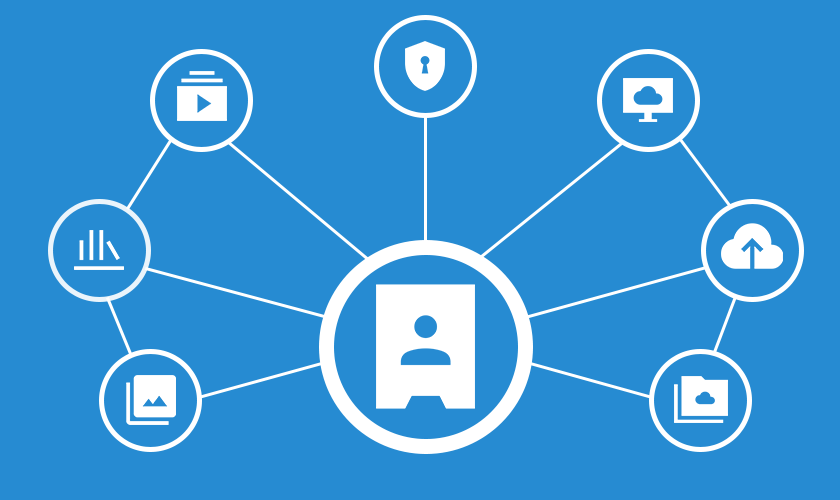Welcome
Anyone can make a home server and take back control of their data. Self-hosting can improve your digital privacy and security by keeping your data in your home. Host a personal website, build a private cloud, or share with an online community.
flag
Modern open-source software can offer familiar online services and put you in complete control. Start with affordable hardware like single-board computers, mini PCs or even a refurbished workstation computer.
Connect your server to the World Wide Web with a domain name and modern router, or access all your services while away using a virtual private network.

Table of Contents
- Your Personal Cloud
- Hardware
- What is a Server?
- Quick-Start Examples
- Layers of Computing
- Community Impact
- Firmware Configuration
- Software
- What is Linux?
- An Open Ecosystem
- Installing an Operating System
- Configuring Debian
- What is Docker?
- Installing Docker
- Services
- What is a Service?
- Considerations
- Evaluating Safety
- Selecting Your Services
- Managing Services
- Building Community
- Monitoring & Maintenance
- Sustainable Solutions
- Network Access
- Backup Solutions
- Administration
- Troubleshooting
- Cleaning
- World Wide Web
- What are Computer Networks?
- How to Remotely Connect
- Virtual Private Network
- Web Domain Name
- Security & Privacy
- Router Configuration
Through educational do-it-yourself guides we explore the hardware and software requirements for a home server, including quick-start examples. This process uses Debian Linux and Docker to quickly self-host your services through the browser-based interface.
